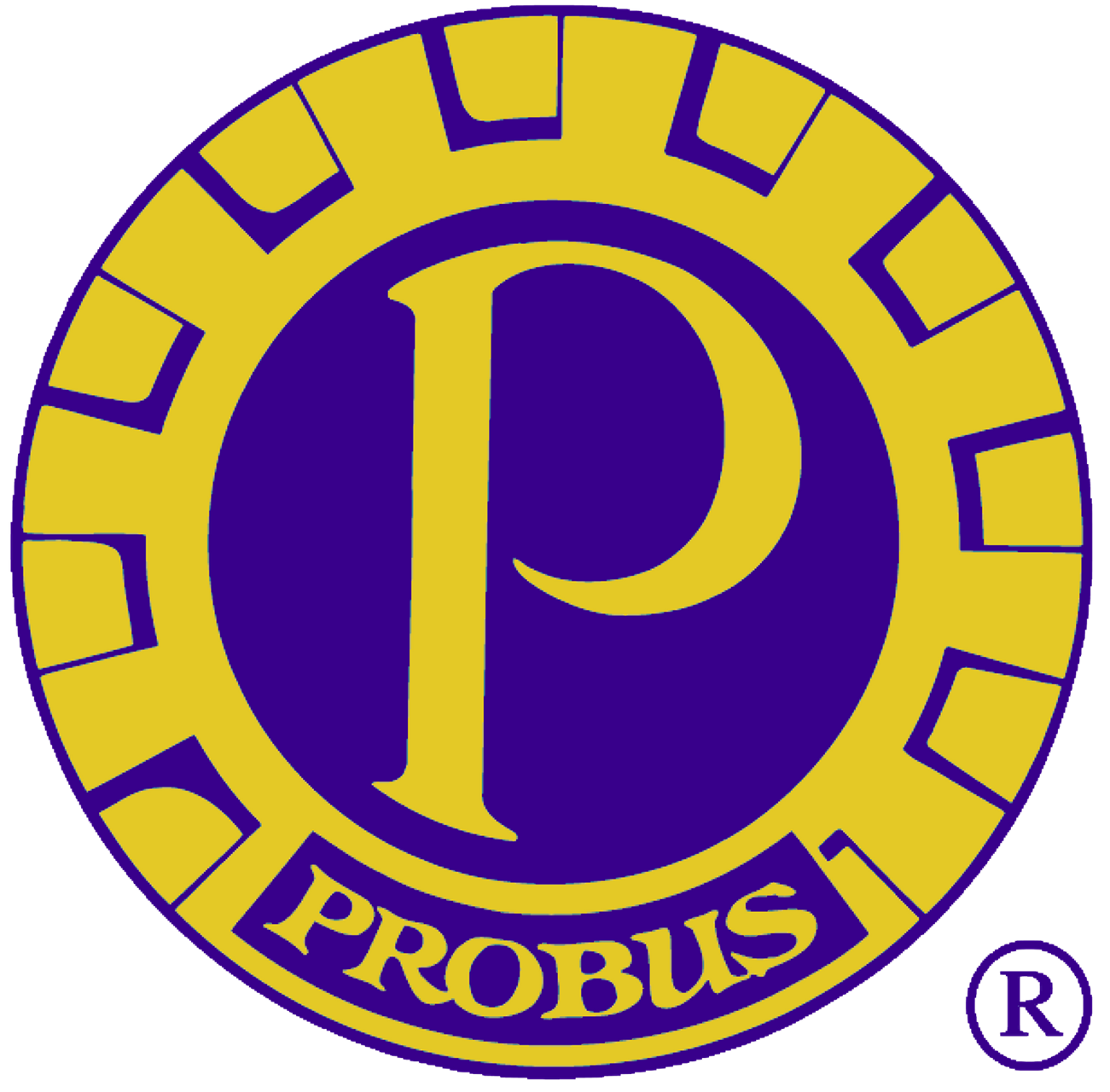| Women's PROBUS Club of Vancouver |
 2022 May 27, 2022 - U.B.C. Botanical Garden. - The garden is Canada's oldest Botanical Garden. It is a teaching garden offering a selection of shrubs, trees, vines, perennials and native plantings among other things. Our tour first took us to the 'David Lam Garden', a 2nd growth, century-old rain forest, underplanted with Asian trees, shrubs, woody vines, and perennials. We strolled past magnificent Cedars, Douglas Fir, Hemlock, Sorbus (Dogwood), Acers (Maples), and a huge Magnolia among many other species of tall trees. Nestled above, and over looking the Salish sea, is a large Bald Eagle's nest, and often one can hear and see Eagles flying overhead. The garden is also known for over 400 species of Rhododendrons, some of which were still in flower. We then went through a tunnel to the Main Garden, passing by the newly established Gary Oak Meadow, underplanted with Camassia and other Native plants. After a stop at the Food garden, with it's dramatic vine-draped arbor as a backdrop, and espaliered fruit trees, and various other fruits and vegetables, all of which are donated to Food Banks, it was onto the enclosed Yew-hedged Physic garden, to view the medicinal and poisonous plants, some of which derive from seeds taken from the Oxford and Chelsea Physic gardens. We wandered through the Alpine garden where exquisite miniature plants grow in old troughs, then passed by the Nth American/Australasian garden, before entering the spectacular Carolinian Forest' with various trees and shrubs native to the Appalachian region of Eastern North America.
---oOo--- January 14, 2022 - Canada's Michael Smith Genome Sciences Centre (GSC) at BC Cancer is an international leader in genomics, proteomics and bioinformatics for precision medicine and is associated with BC Cancer. Women’s PROBUS members visited the Michael Smith Genome Science Centre at BC Cancer on January 14, 2022. Richard, a Sequencing Group Leader, and Andy, Library & Biospecium Group Leader, explained in layman’s language how they are bringing genome sequencing, bioinformatic techniques and expertise to whole populations of cancer patients; helping to prevent, diagnose and treat many different cancers in entirely new ways and identifying risks for hereditary cancers. They receive approximately 1,000 cancer samples from BC hospitals a month and use robots, technicians, leading edge equipment, and computers to examine minute cancer cells, which takes four to six weeks. They then meet with oncologists and discuss what they have found. This is one of the tools doctors use to make decisions on the most effective way to treat a particular cancer. 1) PROBUS Members being introduced to the Centre. 2) POG Turnaround Times. 3) About to become obsolete "Super"Microscope / Robot
2021 September 22 - Curator's Tour, West Vancouver Art Museum & Art Gallery |
FO SUGGESTIONS RE AN ACTIVITY | Please contact the Activities Committee |

